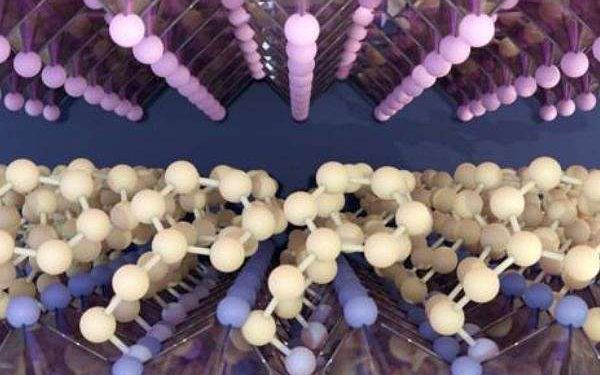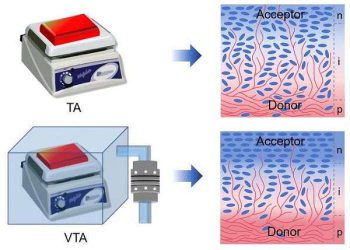by Riko Seibo
Tokyo, Japan (SPX) Nov 15, 2025
Researchers in China have enhanced the performance and durability of inverted perovskite solar cells by creating two new 56pi-electron fullerene derivatives known as C60-TFB and C60-TFP for use as electron transport layers.
The research team synthesized C60-TFB and C60-TFP through a 1,4-unsymmetrical addition approach, giving the molecules bulky tert-butyl, indole, and azaindole groups. These groups prevent dimerization when exposed to light and offer strong binding with the perovskite layer, resulting in reduced defects. The resulting electron transport layer forms an effective barrier to stop the migration of iodide ions from the perovskite layer and silver atoms from the electrode.
Devices tested with the new C60-TFP electron transport layer reached a power conversion efficiency of 25.93 percent, higher than the 24.08 percent achieved with conventional PCBM-based devices. During a 1000-hour period of continuous illumination at 55 degrees Celsius, the new devices retained 81.9 percent of their initial efficiency. In comparison, devices using PCBM held only 62.9 percent. The results confirm the benefits of the new fullerene derivatives for increasing stability in perovskite solar cells.
Professor Shangfeng Yang commented, “Coinciding with the 40th anniversary of the discovery of fullerene, he is confident that more novel fullerene-based electron transport materials will emerge for high-performance perovskite solar cells in the future.”
Related Links
Science China Press
All About Solar Energy at SolarDaily.com
















